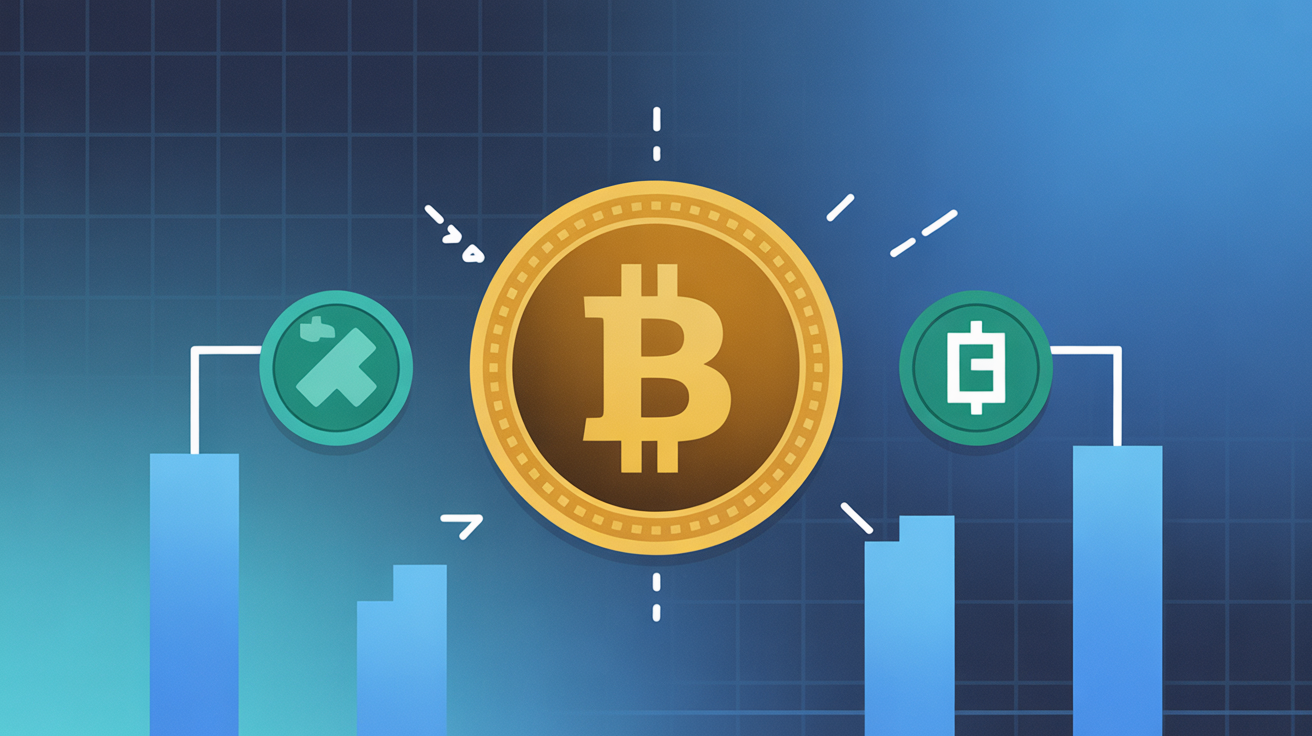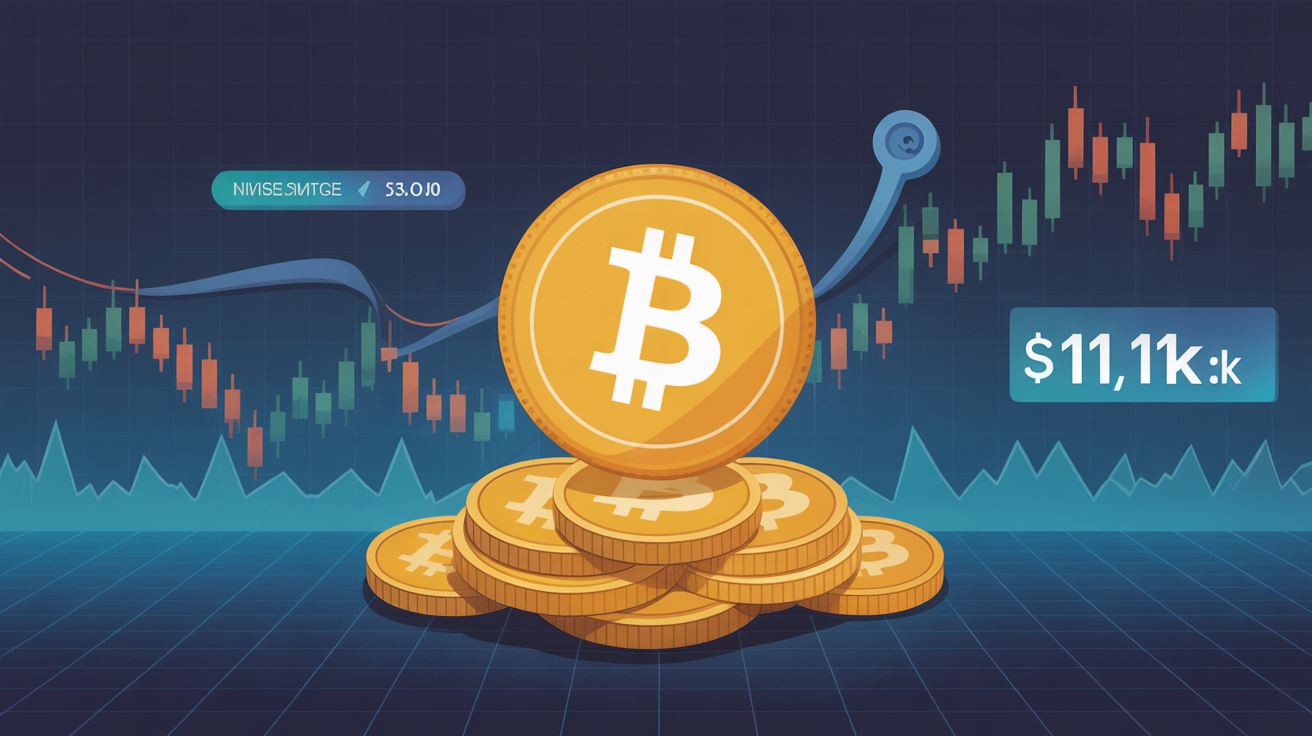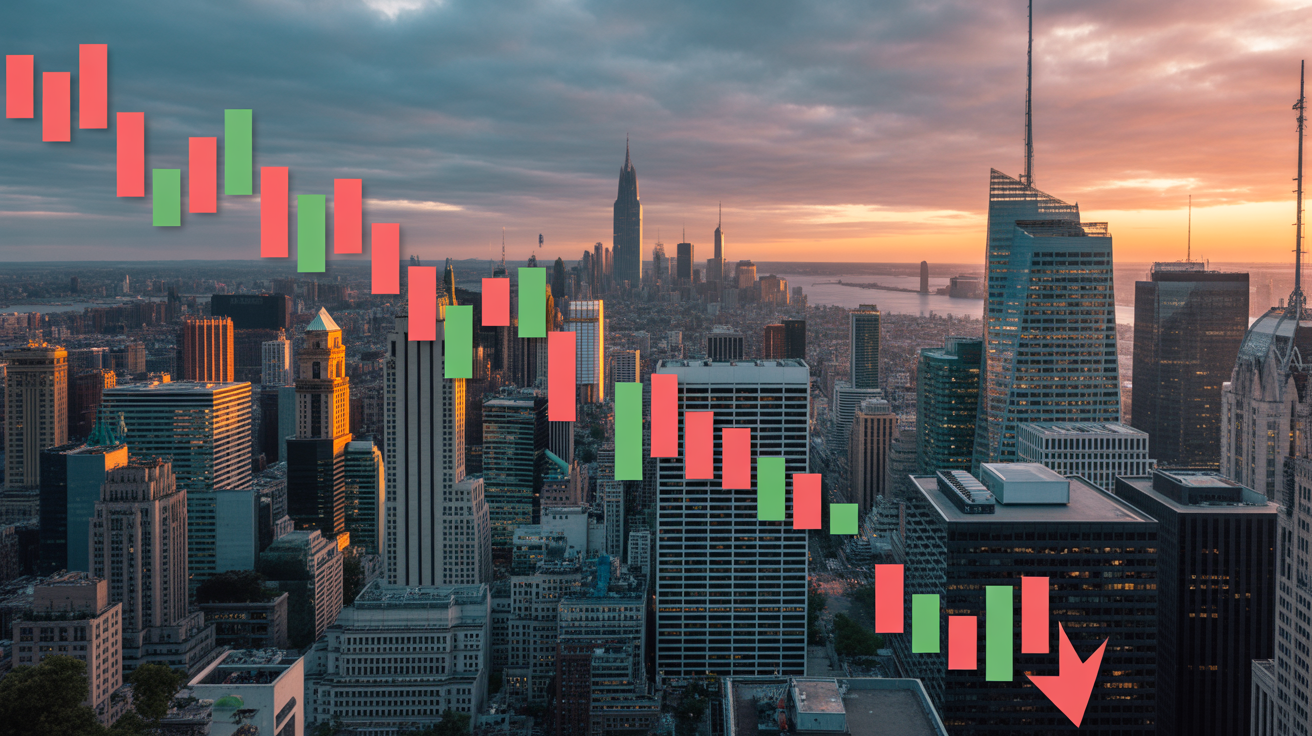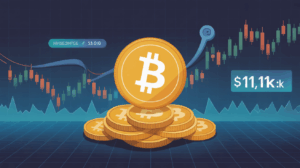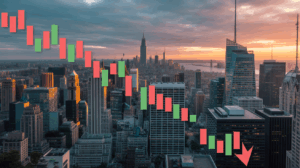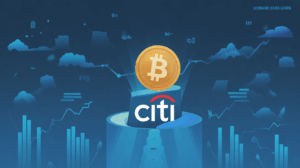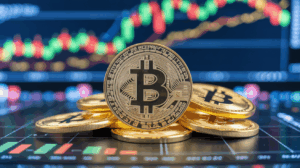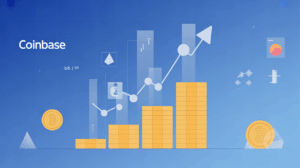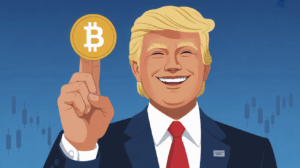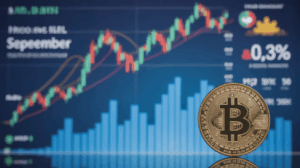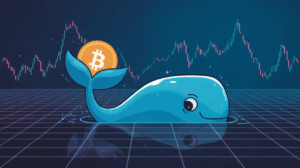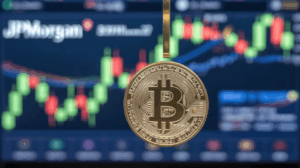Keyrock: Rising Crypto Buybacks Raise Questions About Market Financial Discipline
Token Buybacks Surge 400% as Keyrock Urges Greater Financial Discipline
Crypto tokenholder payouts have surged over 400% since 2024, reaching nearly $800 million in Q3 2025, but Amir Hajian, head of research at market-making firm Keyrock, warns that most buybacks are still funded from treasuries rather than recurring revenue. In a new report, Hajian argues that token buybacks must shift from hype-driven spending to strategic, valuation-conscious capital management.
Token buybacks, which allow blockchain projects to repurchase their own tokens from the market, function similarly to stock buybacks. By removing tokens from circulation, these purchases can signal confidence to investors and potentially increase token value.
Hajian says the boom in buybacks represents a critical test of crypto maturity. What began as a way to prove protocols could return value like companies has evolved into a measure of financial realism—whether projects can execute buybacks with the restraint of a central bank rather than reacting impulsively to bullish markets.
Much of the capital for buybacks still comes from treasuries, exposing protocols to the risk of draining future runway. As regulatory clarity improves in the U.S. and protocols generate more recurring fee income, buybacks are increasingly viewed as a tool to link revenue to tokenholder value.
Across 12 revenue-distributing protocols studied, teams returned an average of 64% of total revenue to holders, far higher than traditional DAOs, which reinvest roughly 75% of their funds into growth and development. Hajian notes that this tilt toward distributions over reinvestment forces protocols to confront the limits of one-time treasury spending.
Some projects are now adopting valuation- and revenue-linked buyback models to make capital allocation more sustainable:
- Trigger-based models: Buybacks are tied to fundamentals, such as valuation multiples, increasing when tokens are undervalued and scaling back when prices rise.
- Options-based structures: Protocols sell covered puts, earning premiums while committing to future buy levels, generating revenue even when no buyback occurs.
These mechanisms signal a maturing approach to tokenomics, aligning buybacks with market realities and sustainable treasury management.
Execution quality remains a key risk. Many projects rely on taker orders, which drain liquidity from thin order books and amplify price swings once buying stops. Hajian recommends maker orders calibrated to organic volume, allowing protocols to add liquidity instead of consuming it.
When Should Buybacks Happen?
Hajian advises that buybacks should occur only when revenues are recurring, treasuries can cover at least two years of operations, and tokens are trading below fundamental valuation. Mature projects wait until financial strength is clear, while newer teams often launch buybacks too early, mistaking visibility for value and risking reserves for product, growth, and R&D.
Ultimately, Hajian writes, the true test is discipline. Buybacks are not proof of success—they indicate whether crypto projects can evolve from distributing promise to managing profit.
Share this content:
